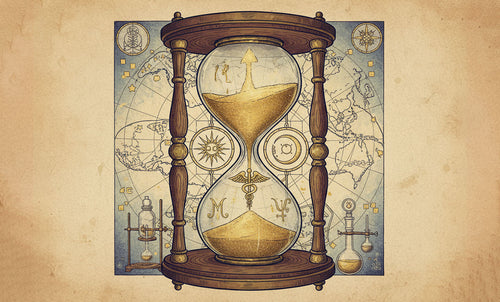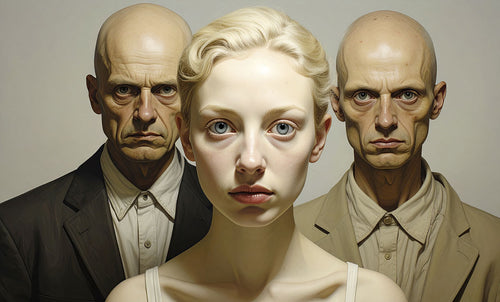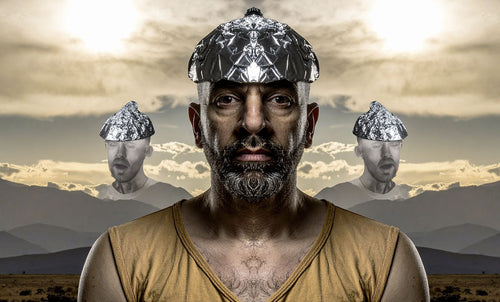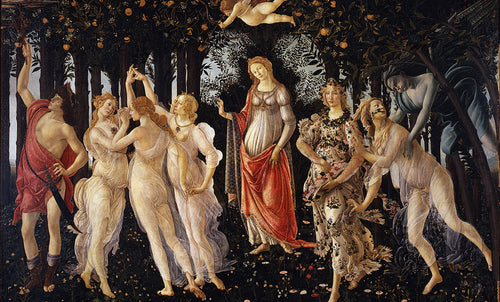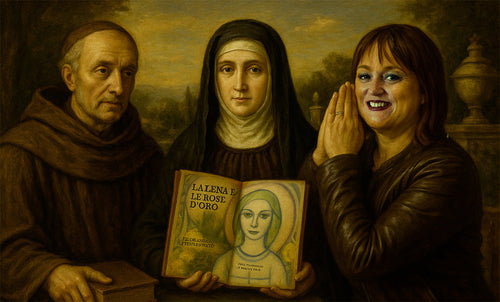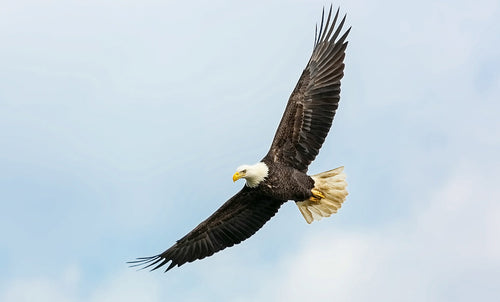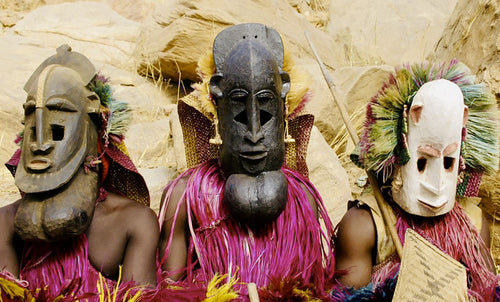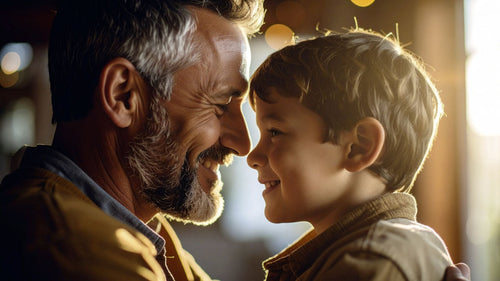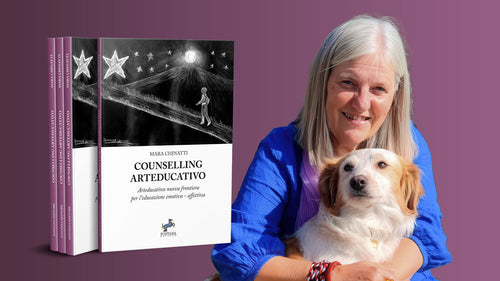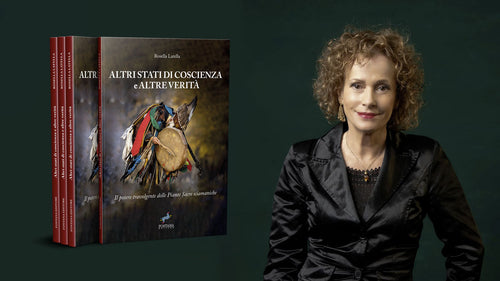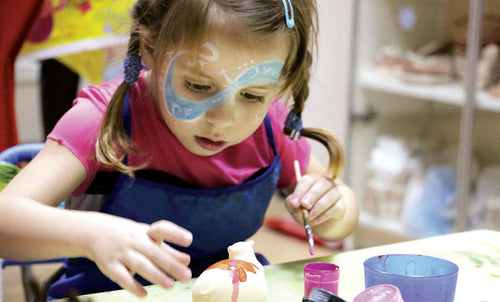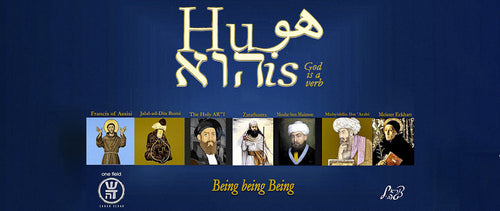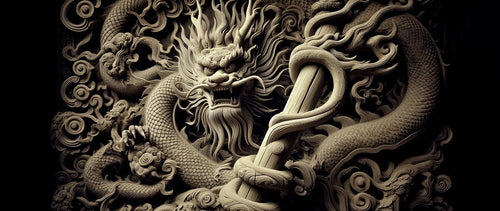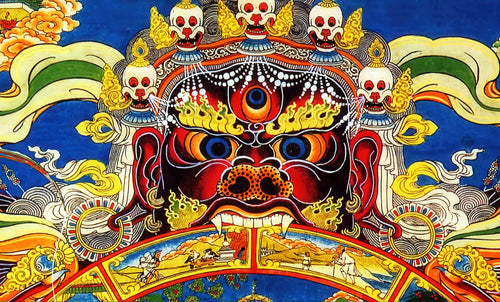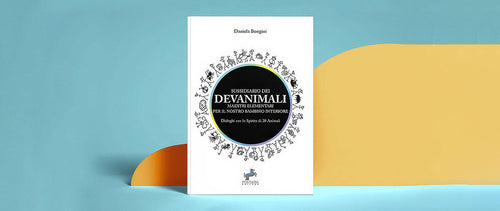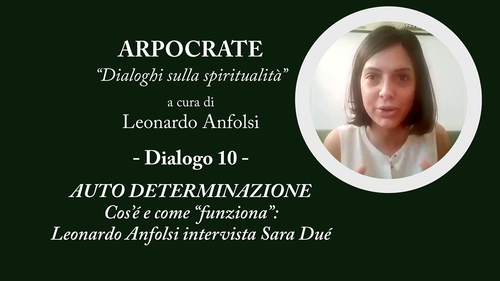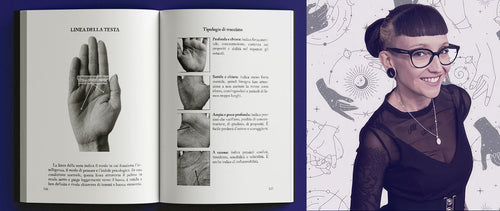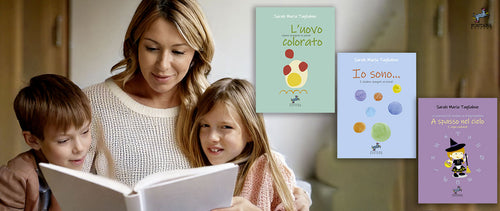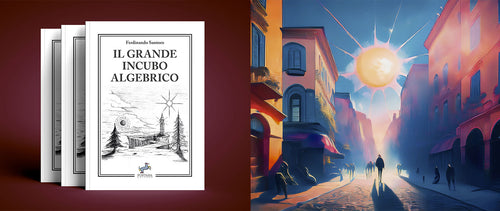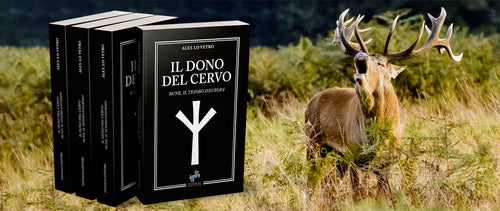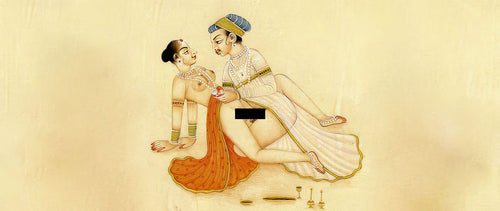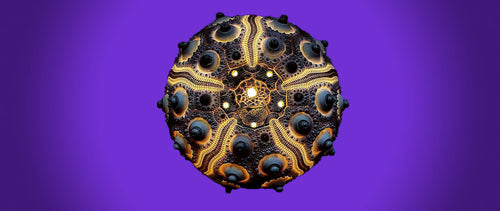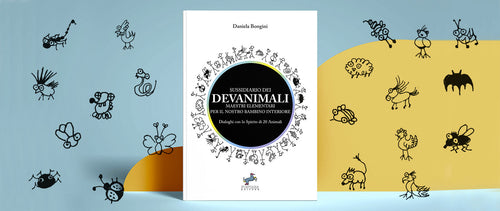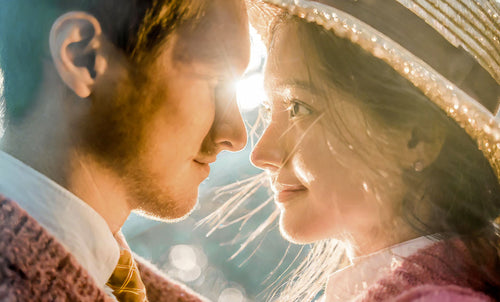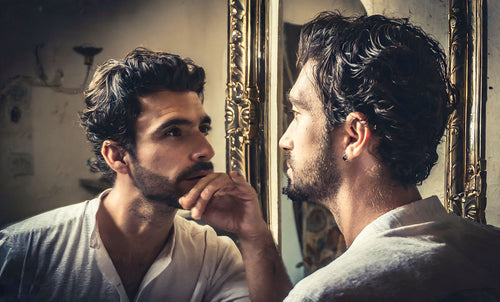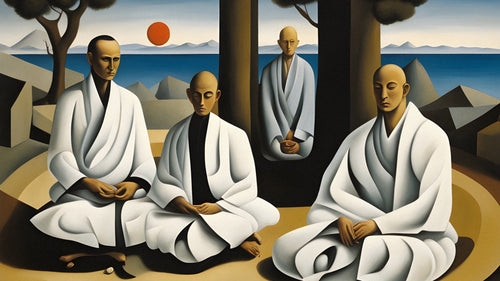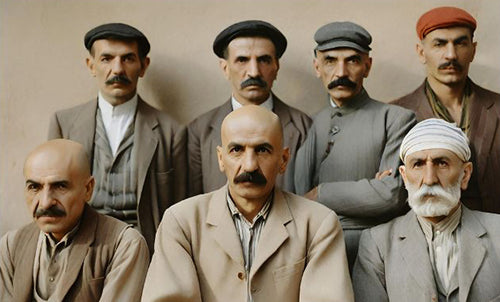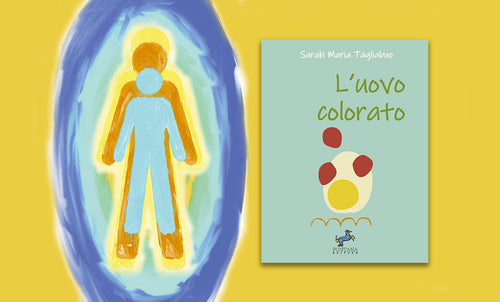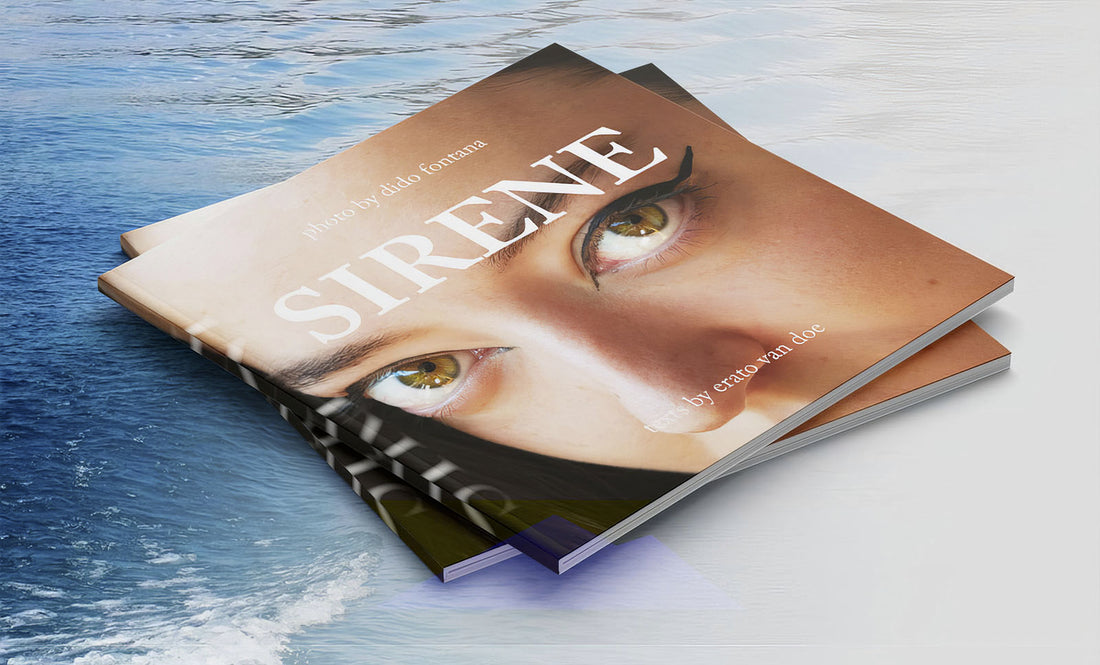
The Eternal Allure of the Sirens: Interview with Erato van Doe
Rocco FontanaErato van Doe, mysterious writer and artist, explores the soul of Sirens in the photographic book Sirens, created together with photographer Dido Fontana . This unique project is not only an aesthetic celebration, but a journey into the depths of archetypal femininity, a visual song that invites us to discover the mystery, desire and power of these legendary creatures: sirens.
Through powerful photographs and evocative literary quotes that echo the poetry and wisdom of these figures, Erato takes us into an imaginary dialogue with the mythological world of the Sirens. In this interview, he reveals his creative process, his inspirations and the magic that surrounds these eternal figures. A key to access not only the myth, but also, and above all, ourselves.
A photographic book that may apparently seem detached from our production, but which in reality fits perfectly into our editorial line, marrying, in fact, the principles of inner research and self-knowledge.
Question 1: Erato, Sirens is a project that evokes powerful and mysterious images. How did the idea for this book come about and what was your main contribution to its creation?
Answer: The idea for Sirene was born from a fascination born from the vision of the photographs that Dido Fontana proposed to me. After some reflection it was immediately clear to me that I was looking at images of mermaids! They are figures suspended between the real and the symbolic, who enchant with their beauty and at the same time disturb. In the project, my contribution focused on symbolic and narrative research: I worked to give depth to the images, recounting the interior world that these creatures represent through the search for literary quotes. Dido, with her photography, had already made everything visible and vibrant.
Question 2: What do mermaids represent for you, on a personal and symbolic level?
Answer: For me, sirens represent the tension between seduction and danger, between desire and fear of the unknown. On a symbolic level, they embody an archetypal duality: the call to the depths of the unconscious, but also the temptation that can lead us to lose ourselves. This is what I perceived and what I wanted to bring to the reader. I believe that each of us has an inner "siren", a seductive, even "scary" aspect, that invites us to explore parts of ourselves that we would otherwise avoid knowing.

Question 3: What was the creative dialogue between you and Dido Fontana during the making of the book?
Answer: With Dido there was a continuous exchange of ideas. He has this extraordinary ability to capture the essence of an image and translate it into something alive, pulsating. I, on the other hand, worked on the underlying meaning: for each image, I asked myself what story it told and what emotion it wanted to evoke. It was a dialogue made of visual and conceptual suggestions, where one often inspired the other.
Question 4: The figure of the mermaid has had many interpretations over time, from Greek mythology to modern symbolism. In Sirens, you decided to reinterpret it. What is your vision?
Answer: Our vision of mermaids is contemporary, but not devoid of references to the past. We wanted to strip them of their more conventional representations and give them back an ambivalent aura. Bringing them into the present world made them not only simply seductive or dangerous creatures but symbols of change, metamorphosis and attraction towards the unknown. Dido, with her photography, explored these ideas through images that completely avoid a stereotyped figure, while I tried to amplify this work of hers through the search for the most fitting texts for each of the photographs.
Question 5: If you had to choose one image from the book that best represents the message of Sirens, what would it be and why?
Answer: The image that struck me the most is the blonde mermaid, on page 40, dressed in white, bare breasted, staring intently into your eyes, biting her lip. There is something magnetic in that gaze: it is an invitation to let go, to challenge your limits, but also to reflect on your own vulnerability. The quote paired with this photo, "The shore is safest, but I like to wrestle with the waves of the sea." by Emily Dickinson, perfectly captures the essence of what we wanted to express. The mermaid is not afraid to face the waves, despite the uncertainty and risk: she is a symbol of courage, exploration and love for the unknown.

Question 6: The book is a combination of photography and text. Do you think this hybrid format is essential to tell the story of mermaids?
Answer: Absolutely. Photography captures what is visible, while text offers the space to go beyond, to enter the unsaid. Mermaids are complex creatures, and telling them only with images or only with words would not have been enough. This hybrid format allowed us to create an immersive experience, in which the reader is invited to explore both the surface and the depths.
Question 7: What has been the most significant reaction you have received so far about Sirene?
Answer: I was really touched by a reader's comment that said, "I didn't know I was a mermaid until I read this book." It was touching because it means we were able to create something that resonates on a personal and symbolic level. The goal of Sirene was precisely this: not only to tell a story, to invite reflection, but also to evoke a sense of belonging to something universal.

